Figures
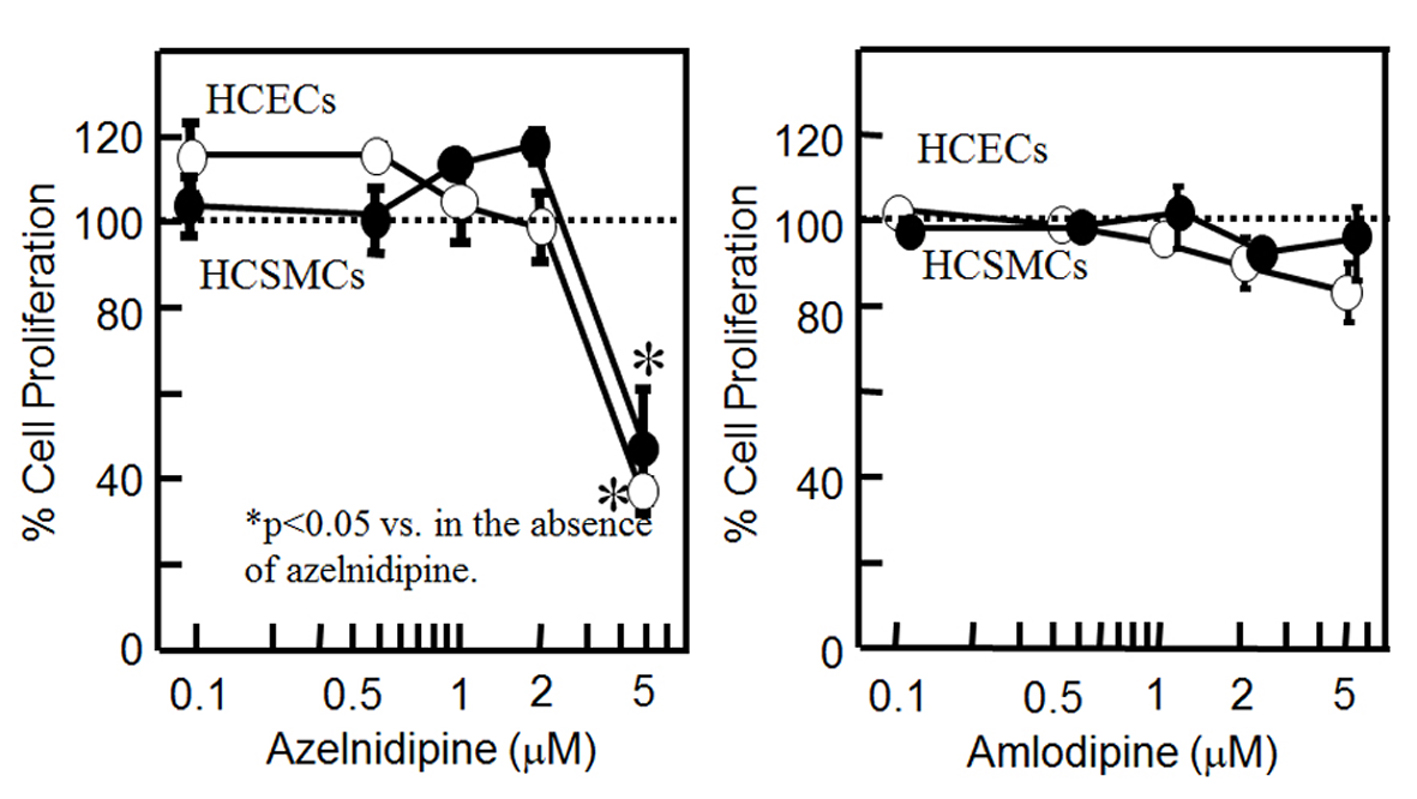
Figure 1. Cell proliferation in HCSMCs or HCECs with or without the indicated concentrations of azelnidipine (A) and amlodipine (B) for 18 h as assessed by an MTS assay. Open and closed circles indicate HCECs and HCSMCs, respectively. Graph shows the % cell proliferation compared with that in the untreated control sample (100%). *P < 0.05 vs. control.
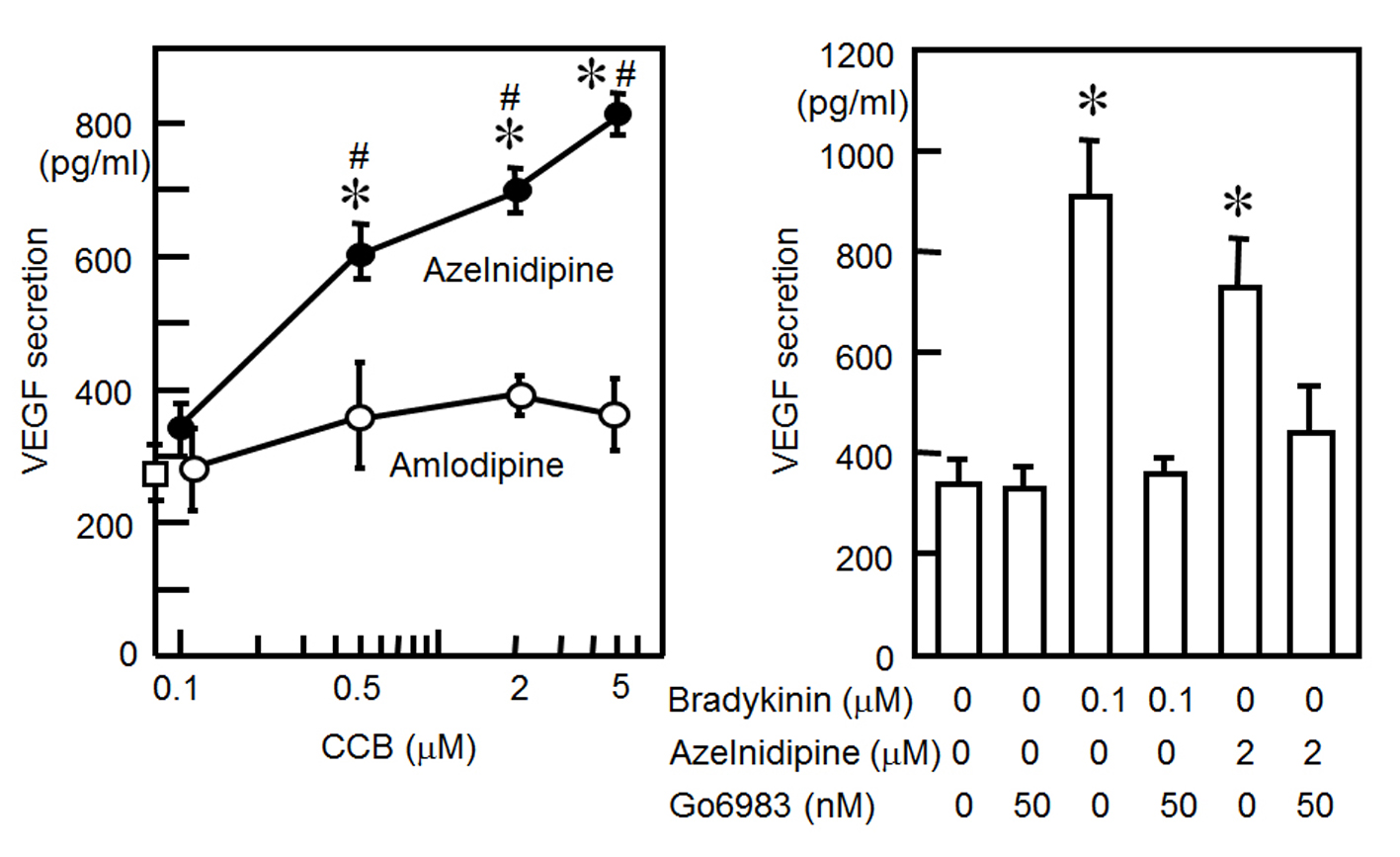
Figure 2. (A) VEGF secretion from HCSMCs with or without the indicated concentrations of azelnidipine (closed circle) and amlodipine (open circles). *P < 0.05 vs. no treatment. #P < 0.05 vs. amlodipine. (B) VEGF secretion from HCSMCs with or without bradykinin, azelnidipine or Go6983. *P < 0.05 vs. no treatment.
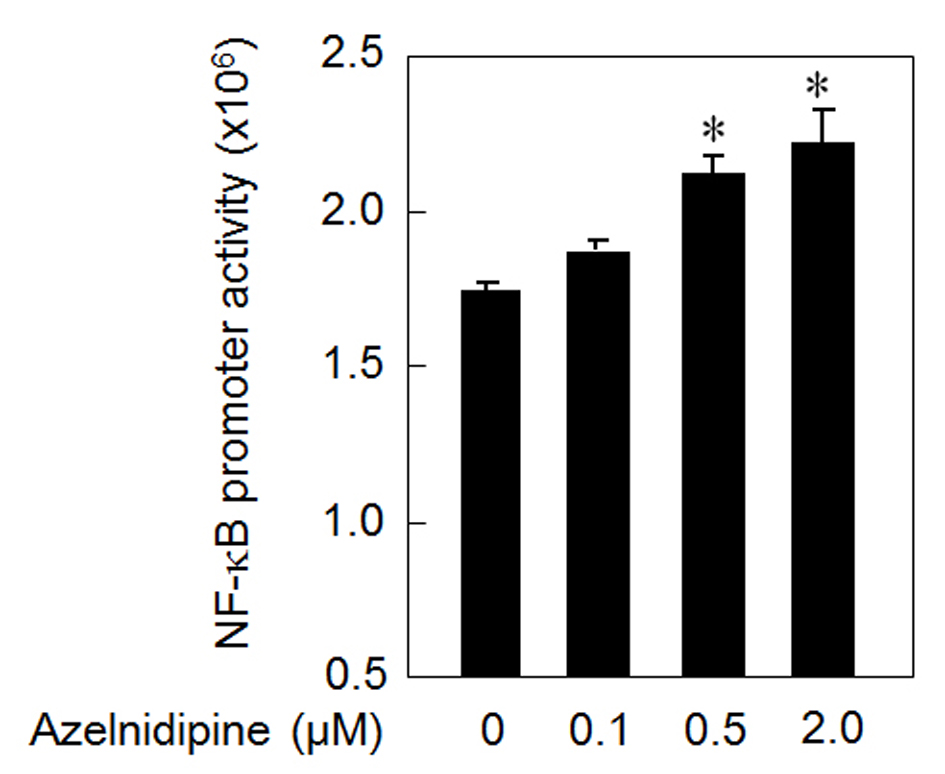
Figure 3. NF-κB activation using azelnidipine. *P < 0.05 vs. 0 μM azelnidipine.
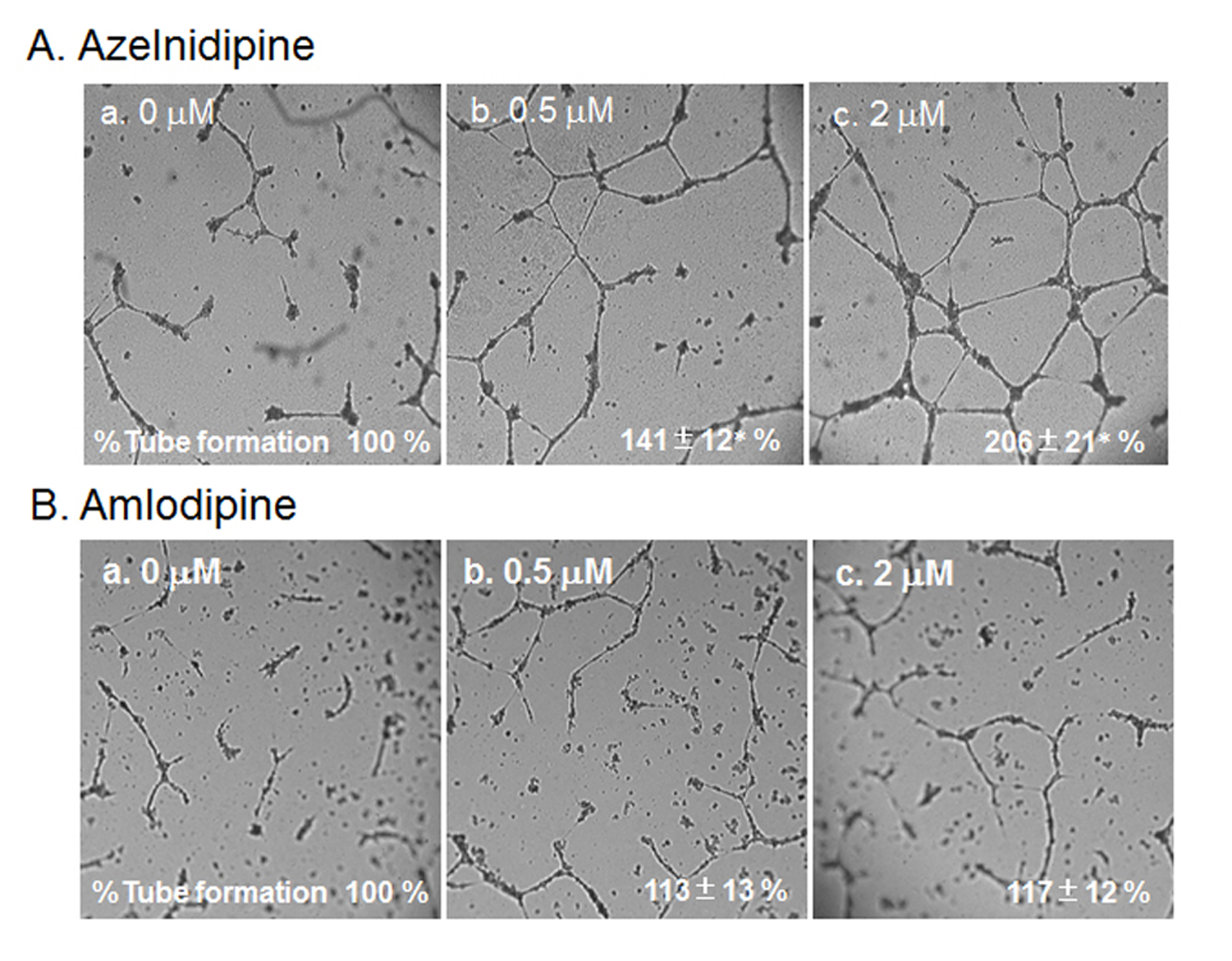
Figure 4. HCEC tube formation with or without the indicated concentrations of azelnidipine (A) and amlodipine (B). Representative pictures of HCECs plated on Matrigel are shown. Data show the % tube formation compared with that under no treatment (100%). *P < 0.05 vs. no treatment.
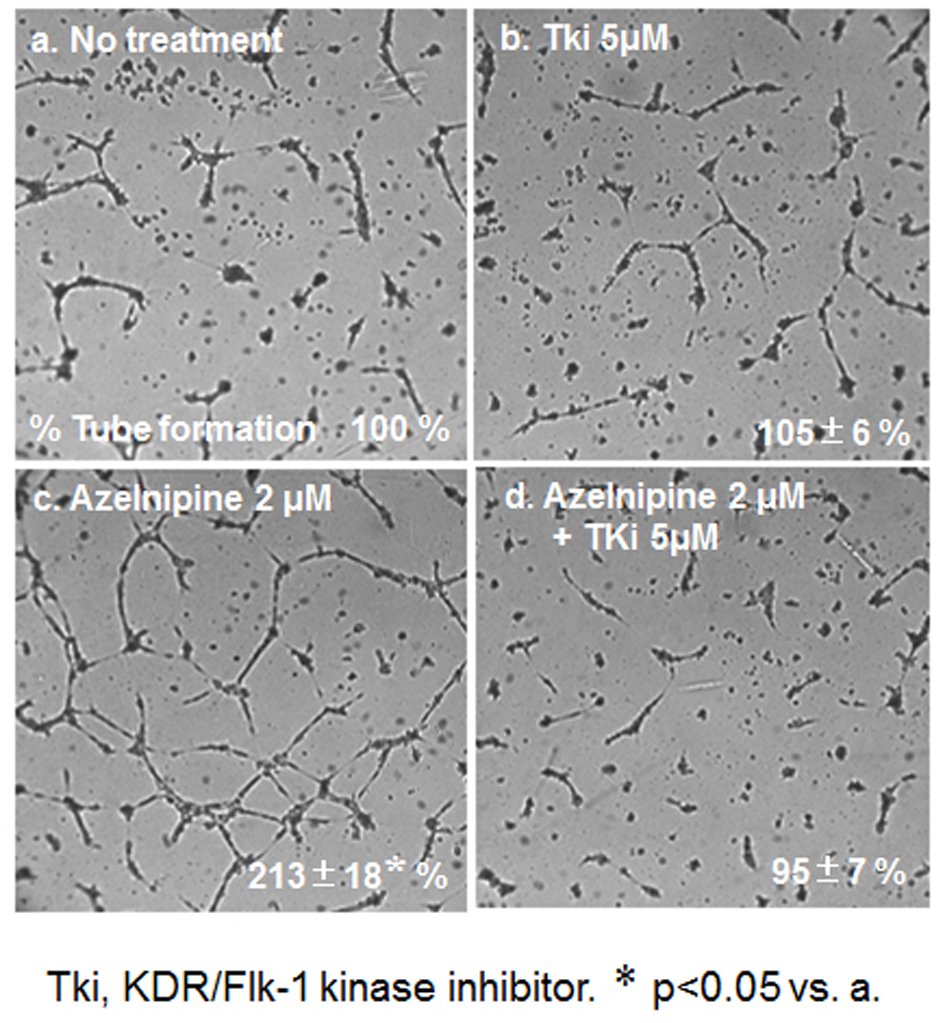
Figure 5. HCEC tube formation with or without 2 μM azelnidipine or 5 μM Tki. Representative pictures of HCECs plated on Matrigel are shown. Data show the % tube formation compared with that under no treatment (100%). *P < 0.05 vs. no treatment.
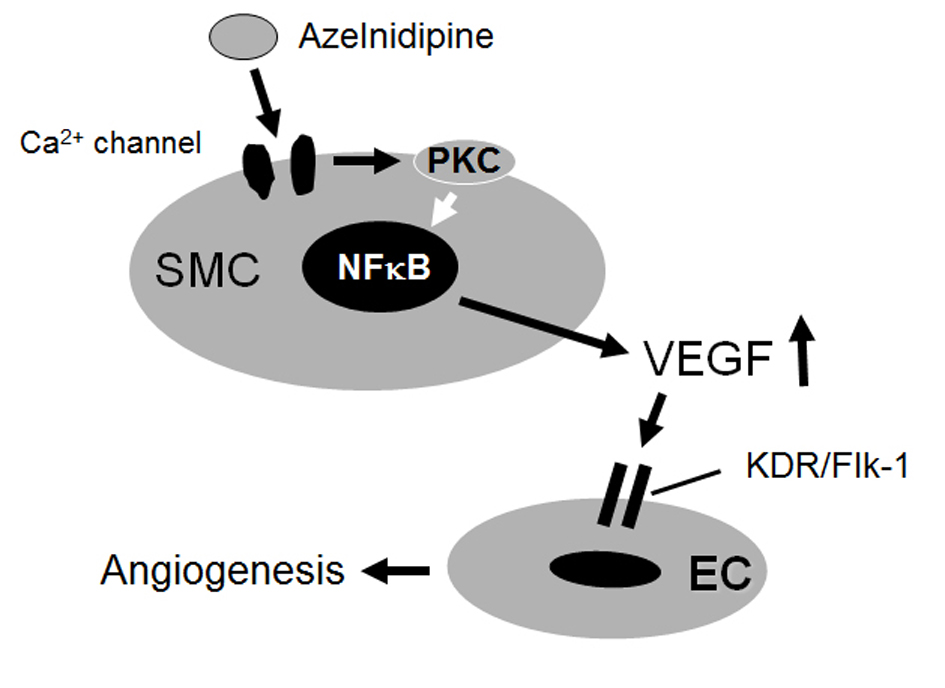
Figure 6. Proposed mechanisms of the effects of azelnidipine on endothelial tube formation.





